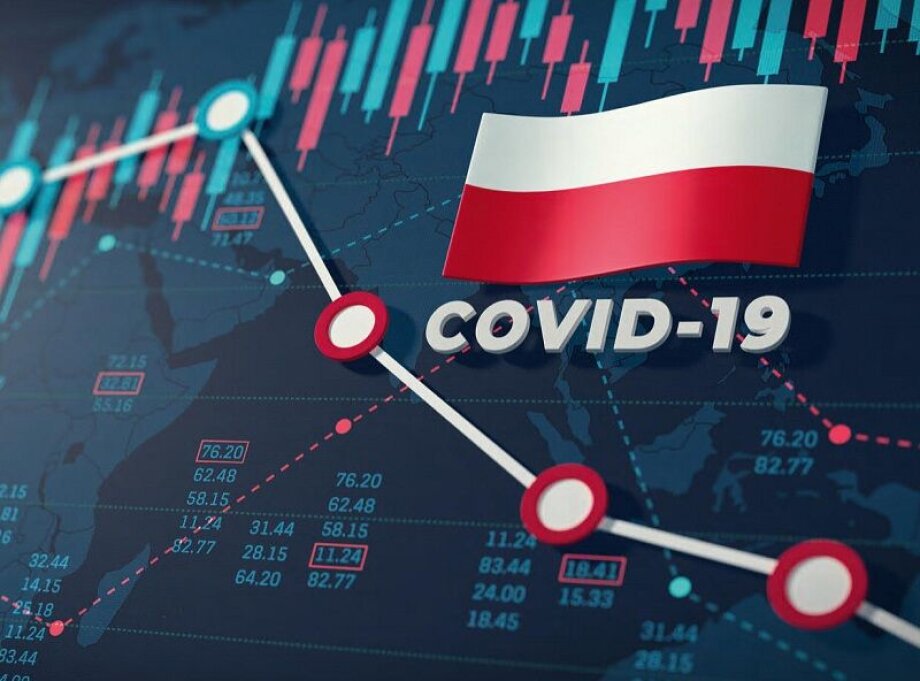Poland Next
What’s in store for Poland over the next several years. Economically. BY STANISŁAW GOMUŁKA

What’s in store for Poland over the next several years. Economically. BY STANISŁAW GOMUŁKA

In 2020, the global economy found itself unexpectedly in the state of a significant recession, caused by restrictive government measures intended to reduce the human cost of a large worldwide coronavirus epidemic. The GDP is expected to fall by some 3-5 percent globally and by some 5-10 percent in the EU and the US. To limit that recession in the course of 2020 and to initiate a recovery in 2021, very expansionary monetary and fiscal policies have been adopted. The expected outcome is that the total change of global GDP will be close to zero in the period 2020-2021. Developments in Poland are likely to imitate those in the world. These developments are expected to increase sharply the public debt and reduce private investment for several years after 2021 but are expected to have a limited impact on the trend rate of growth in the long term.
In 2017, the IMF pointed out three phenomena in Poland: since 2012, the working-age population in the country had been dwindling at a rate of 1 percent a year, investments in fixed assets made by Polish private-owned companies accounted for a mere 11 percent of the GDP in 2004-2016 and the pace of growth in the total productivity of the main production factors, namely labor and capital fell from 2.4 percent in 2003-2007 to 1 percent in 2013-2016.
The proposals included in the government’s economic program are quite detailed on two important issues. If implemented consistently, these proposals could pose a problem in the long run. They are:
1. A change in the pension system that involves introducing additional pension payouts (13th and 14th pension) financed from the state budget.
2. A radical increase in the administratively determined minimum wage, much faster than the rise in labor productivity.
The proposed large increase in the minimum wage, if implemented, would create the illusion that real wages are determined by politicians, rather than by investments and technology, and so by businesses and employees. The very large increase of public debt in 2020 may force the government to abandon the implementation of proposals 1 and 2.
After Poland’s accession to the EU in 2004, the EU’s funding of nearly half of public investments played an important modernization role in the country, especially in the field of infrastructure (CASE 2019). After 2022, this funding will be reduced significantly. From 1994-2018, an important role in the development of the export sector and technological innovation was played by foreign investments: an average of 3.3 percent ofthe GDP a year, around 15 percent of all investments. However, the political doctrine pursued by the governing Law and Justice (PiS) party considers them a threat to national sovereignty. This may reduce the inflow of FDI.
FOUR SCENARIOS OF ECONOMIC GROWTH IN 2020-2040
In the main scenario for Poland, I propose assuming that the average rate of growth in the GDP per capita will be 2.5 percent until 2030 and 2 percent in 2030-2040. This scenario is based on the assumption that Poland will join the group B countries in 2040 when the per capita income gap between Poland and Spain and Italy is closed. In the optimistic scenario, the rate of growth until 2030 would be higher by 0.5 percentage point, which means 3 percent a year. In the pessimistic scenario, it would be lower by 0.5 percentage point, which means 2 percent a year. Let us call these: Scenario One (the optimistic scenario), Scenario Two (the standard scenario), and Scenario Three (the pessimistic scenario).
If we adopt these assumptions, Poland’s position would be as follows: in Scenario Three, the development gap between Poland and wealthy countries would stop narrowing in 10-15 years, with the average income per capita reaching the level of around 65 percent of the income per capita in Germany (without the former German Democratic Republic). In Scenarios One and Two, the narrowing of the income gap would continue until 2040, when the average income in Poland would reach 70-75 percent of the average income in Germany (without the former German Democratic Republic) in Scenario Two and 80-85 percent in Scenario One. Each scenario is related to a different economic policy.
In Scenario One, economic policy would aim at maintaining a stable number of people employed in the nonagricultural sector, lowering considerably the number of those working in agriculture and low-productivity enterprises, maintaining solid public finance (with an average deficit near zero), and a large share of investments in fixed assets in national income (more like 20-25 percent of the GDP than 15-20 percent).
 Professor Stanisław Gomułka is the chief economist of BCC, a business club for entrepreneurs and the largest statutory organization of individual employers in Poland.
Professor Stanisław Gomułka is the chief economist of BCC, a business club for entrepreneurs and the largest statutory organization of individual employers in Poland.